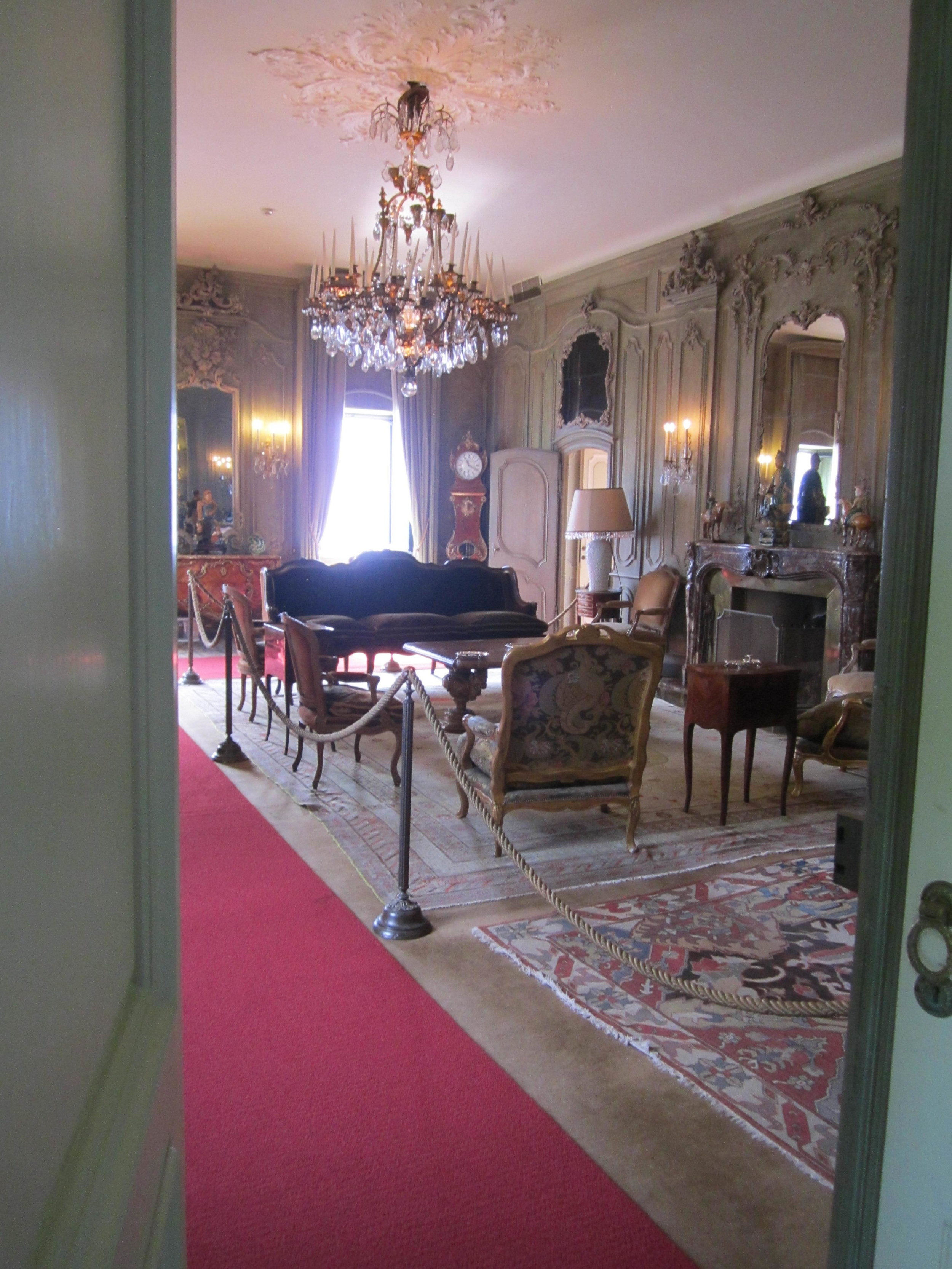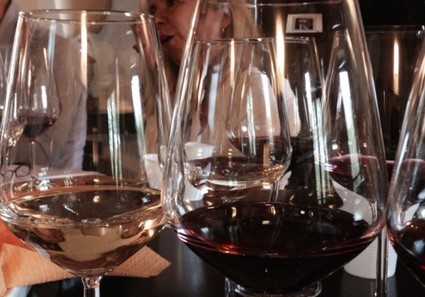For Want of the Perfect Risotto
I have been craving a certain dish – risotto alla faraona - for exactly one year, ever since I returned from Italy last spring. Not just any risotto will do; it is the one from Gigi Trattoria in Lucca that I long for. It’s a straightforward dish with captivating flavor; tender short-grain rice cooked in a fragrant stock with little bits of guinea fowl throughout, served piping hot. Unlike so many risottos served in the United States it is not gummed up with cheese or overloaded with added ingredients. Forgive the oxymoron when I say it has a simple complexity of flavor. It is the perfect comfort food and there is nothing better on a cool or rainy spring day.
There are, however, two problems here. The first is distance - I live 5,702 miles from Lucca so I can’t exactly run out for dinner at Gigi Trattoria to indulge my craving. Second, Italian cooking is seasonal, which is only a problem in this case (otherwise it's one of the great strengths of food in Italy). Even though I’ve returned to Lucca twice since last spring, I have not found this dish on the menu. Imagine me, returning to my much-loved Gigi Trattoria in September after months away, all set to order my favorite risotto, only to find that it was simply not considered a fall dish and so not on the menu. Same story when I returned again in December – guinea fowl is an early spring food the trattoria owner told me; in winter one eats dark meats and heavier foods. Come back in spring!
A great pasta dish at Gigi Trattoria - but not my risotto!
The Torre Guinigi, topped with trees, as seen from the patio of Gigi Trattoria,
A craving that goes unfulfilled for so long grows and grows and becomes a monster. Is risotto addictive? I need this risotto, I dream about this risotto. I dare not try to recreate it as I know my attempts will simply not satisfy. I want the real deal, ideally eaten while dining fuori (outside) on the patio at Gigi Trattoria with a great view of the Torre Guinigi in Lucca.
I have just arrived back in Lucca - will my craving finally be fulfilled? Not yet as it turns out. But I was told that come the first of April risotto alla faraona will be back on the menu. Stay tuned.
-post by JB


































